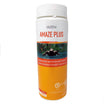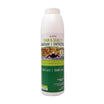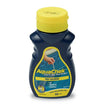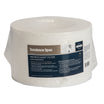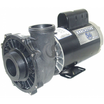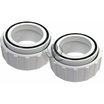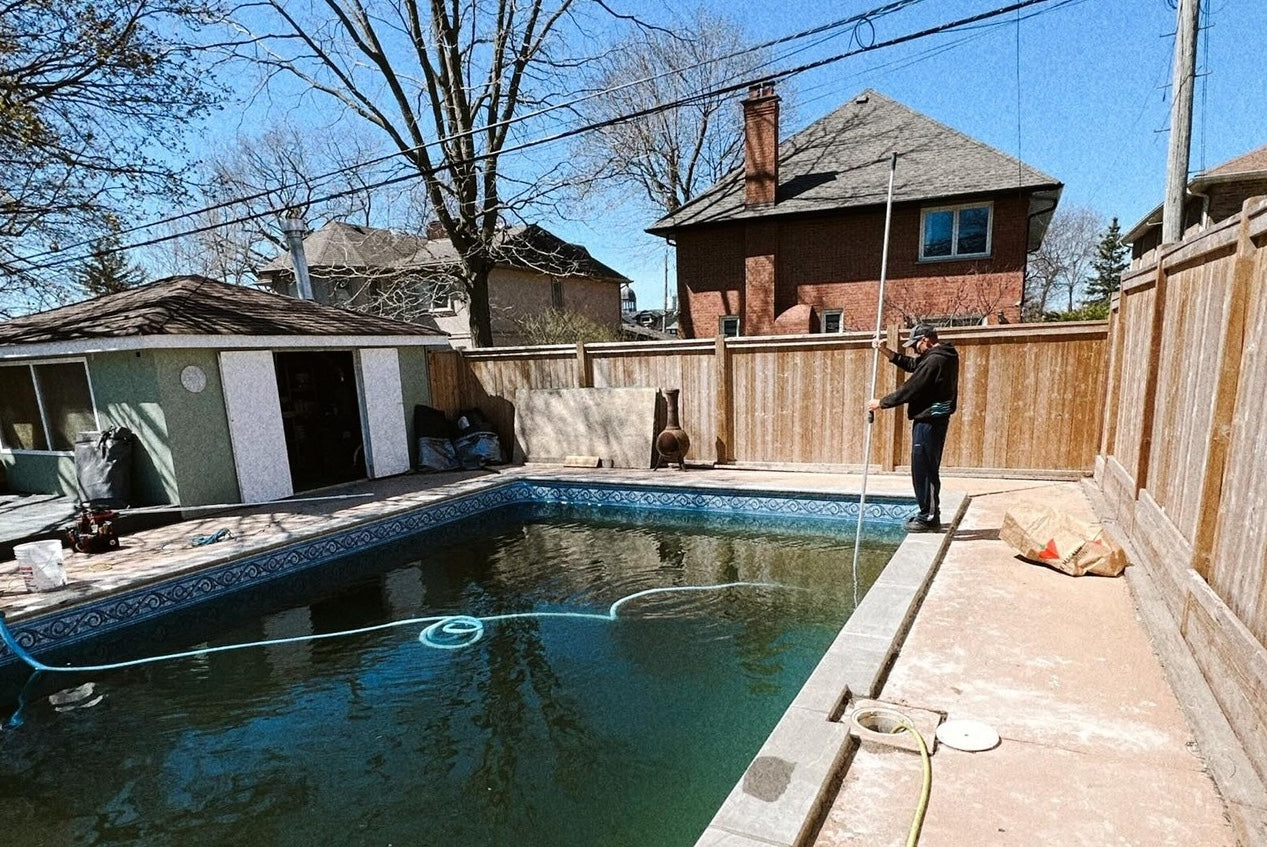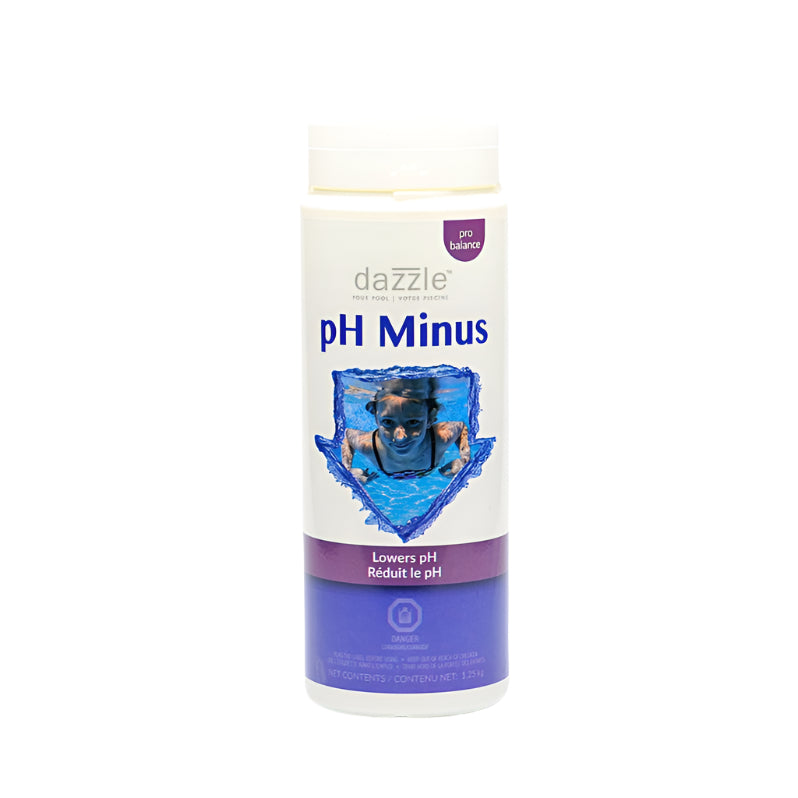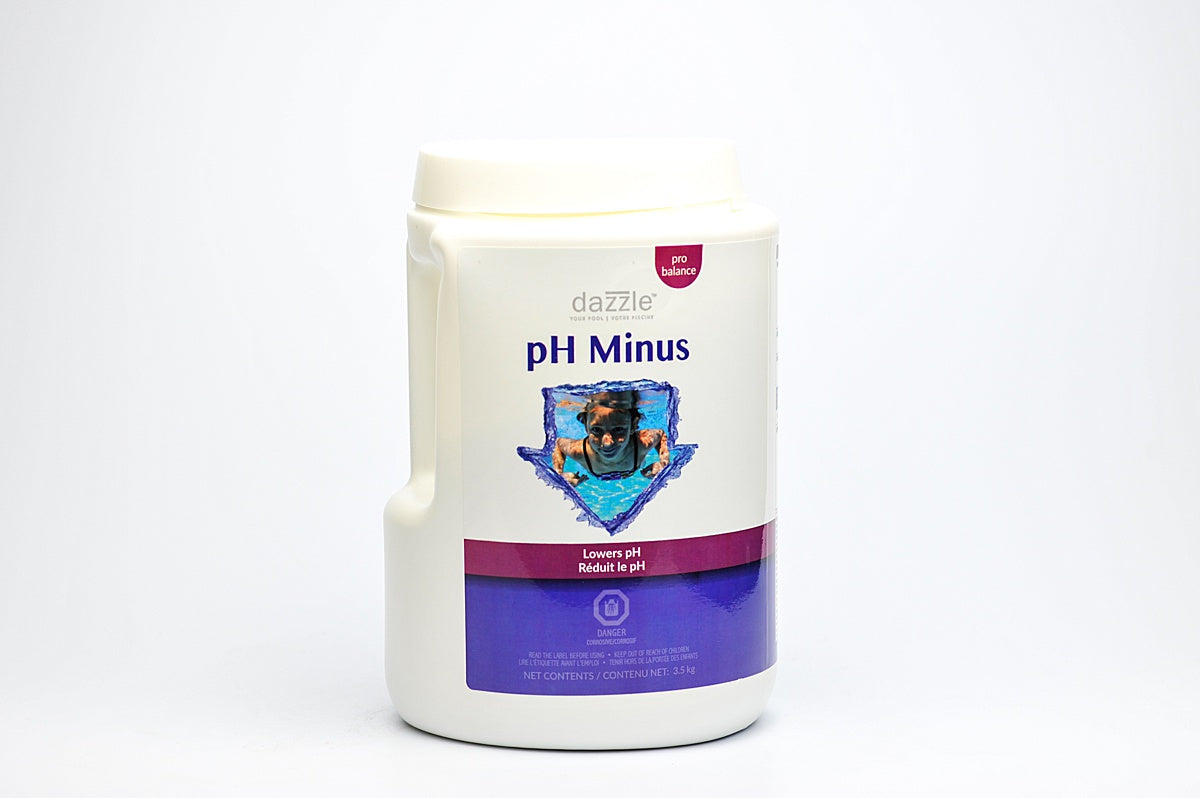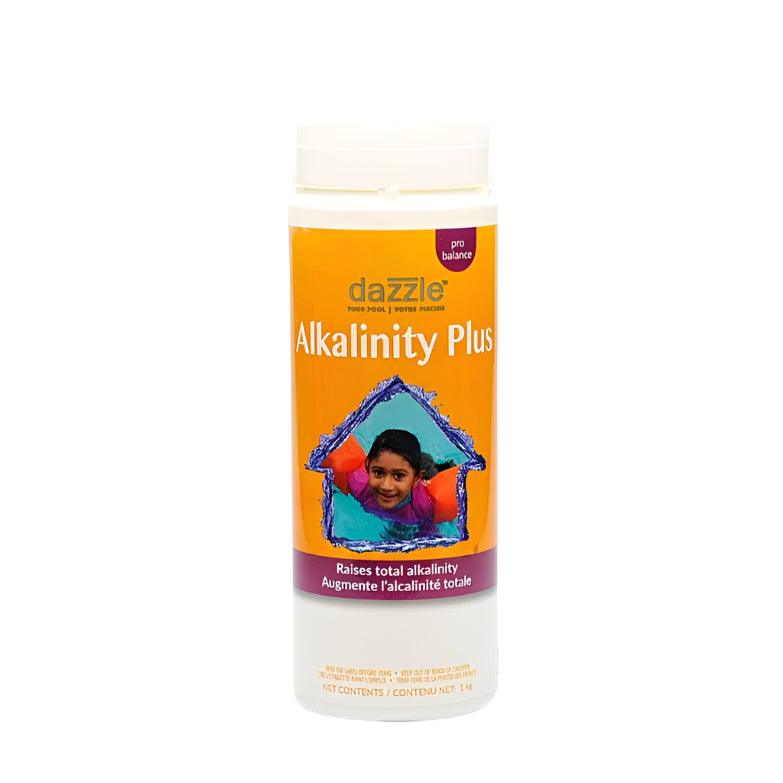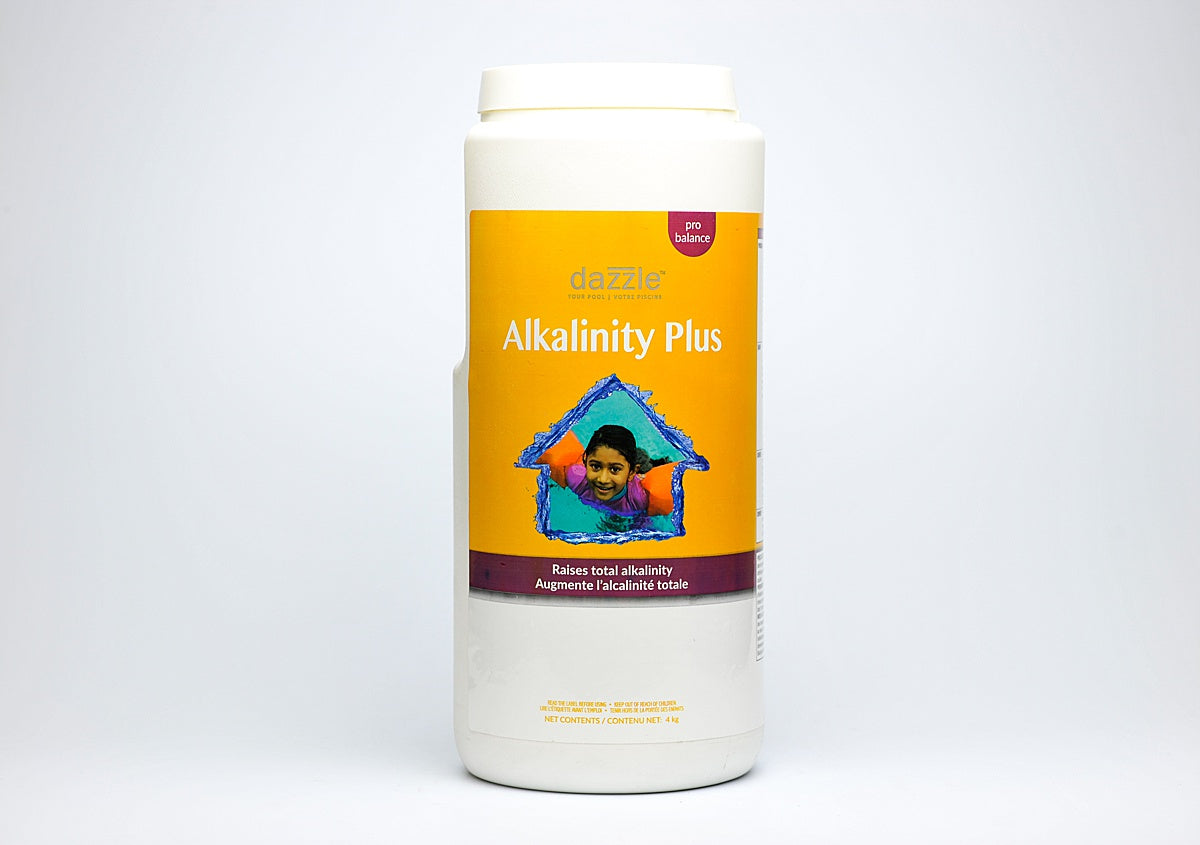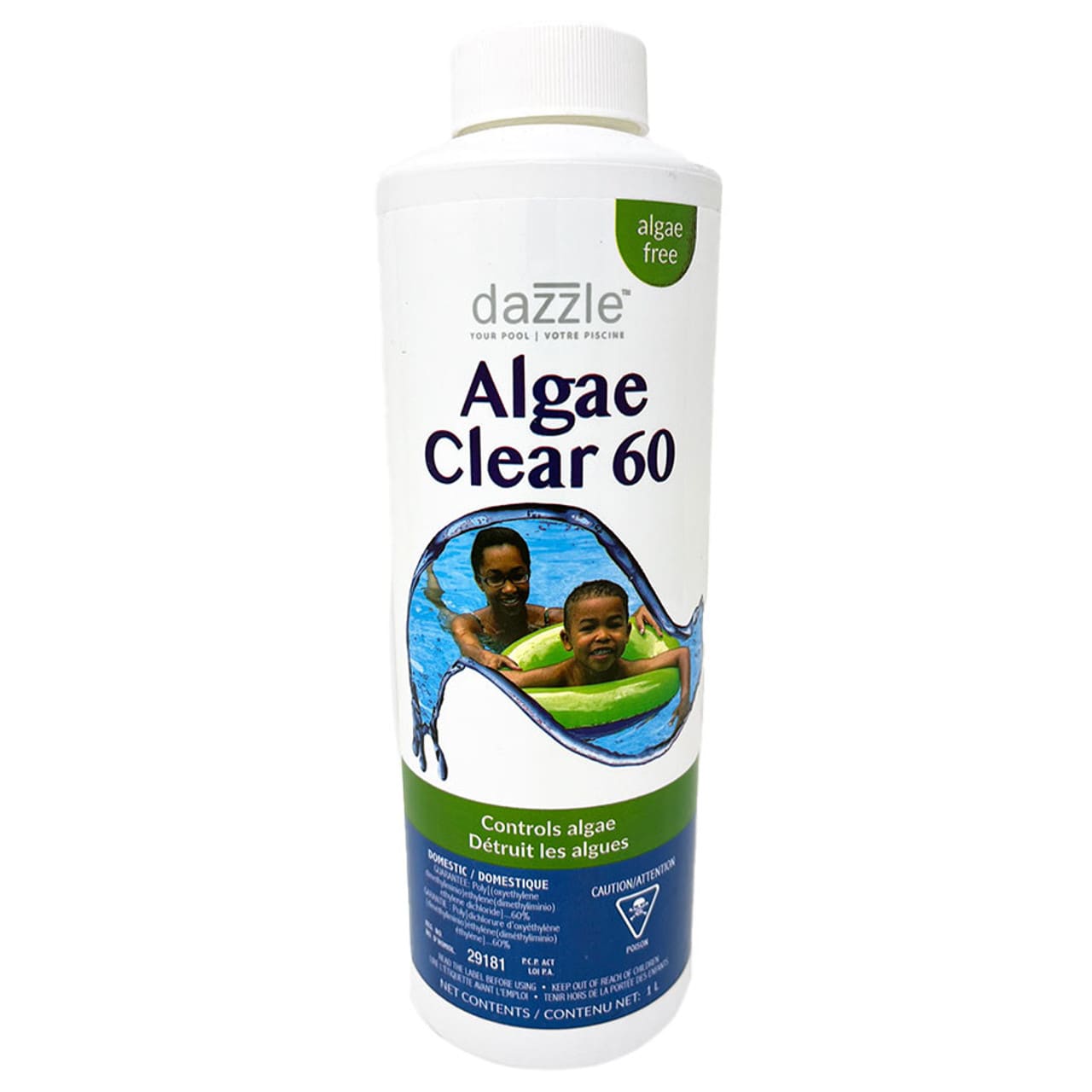Why Open Your Pool Early?
Many pool owners wait until the heat of summer to remove their covers, but opening your pool early can prevent algae growth and make maintenance easier. Algae start forming when water temperatures reach around 15.6°C (60°F). By getting ahead of the warm weather, you can avoid dealing with murky, green water and reduce the amount of chemicals needed to balance the pool.
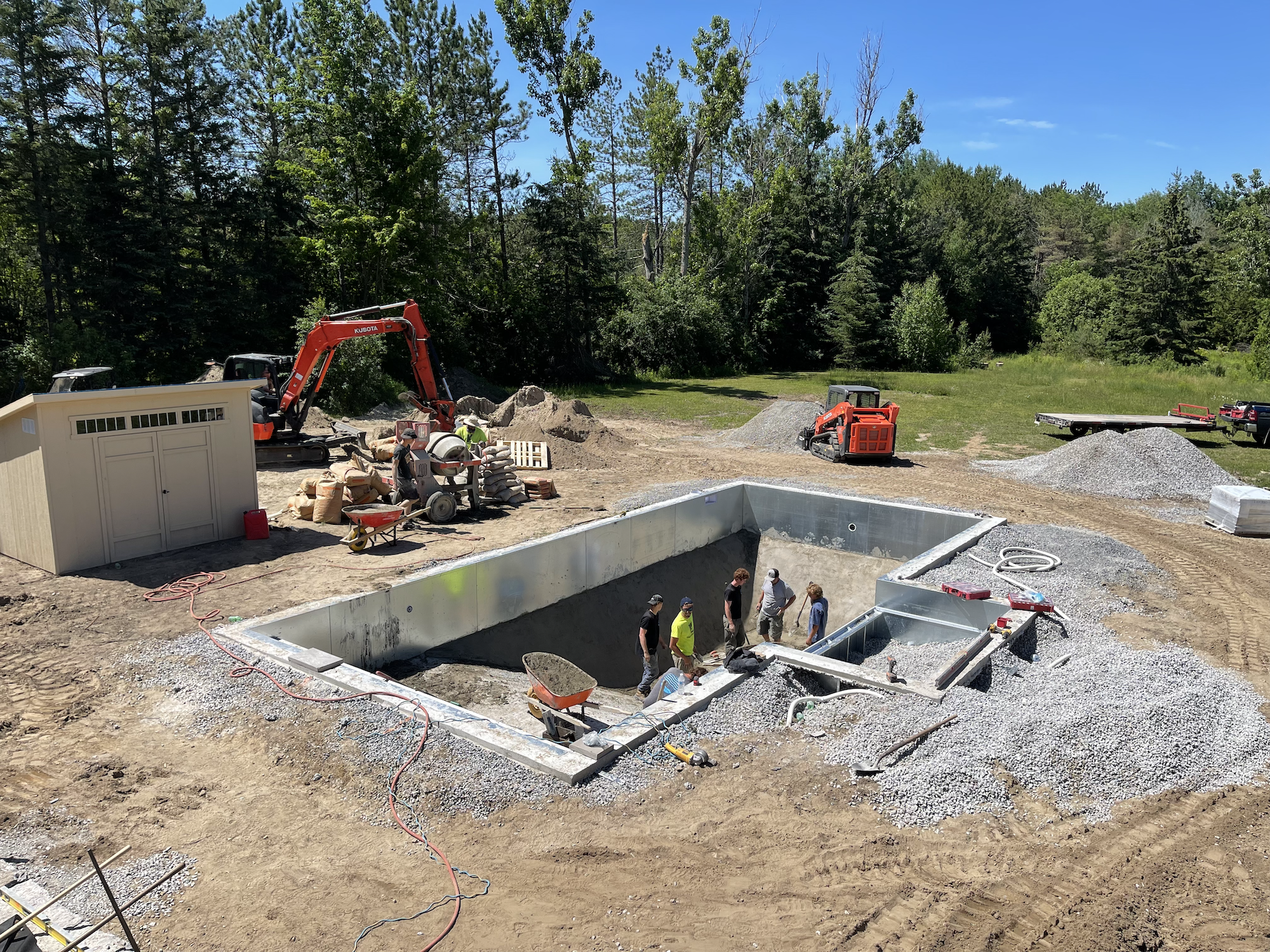
As the temperatures rise and summer approaches, it’s time to get your pool ready for another season of fun and relaxation. Opening your pool properly ensures clean, clear water and reduces the risk of costly maintenance issues down the road. Follow this step-by-step guide to open your pool efficiently and safely.
The optimal time to open your pool in Ontario typically falls between late April and early June. However, the exact timing can depend on a variety of factors including weather conditions, the type of pool, and your personal schedule. Wait until the daytime temperatures consistently reach around 21°C (70°F) or higher. Keep in mind, opening your pool too early when temperatures can still drop below freezing can damage your pool equipment and plumbing.
Opening your pool before the water gets too warm can help prevent algae growth. Algae thrive in warm, stagnant water, so getting your pool circulating and chemically balanced early can save you time and money on cleanup. The earlier you open your pool, the sooner you can start maintaining the water clarity. This makes it easier to keep the water clean and balanced throughout the swimming season. If you plan to host events such as pool parties or family gatherings, opening your pool a few weeks ahead of time ensures that the water is perfect and the area around the pool is ready.
Products to get you started
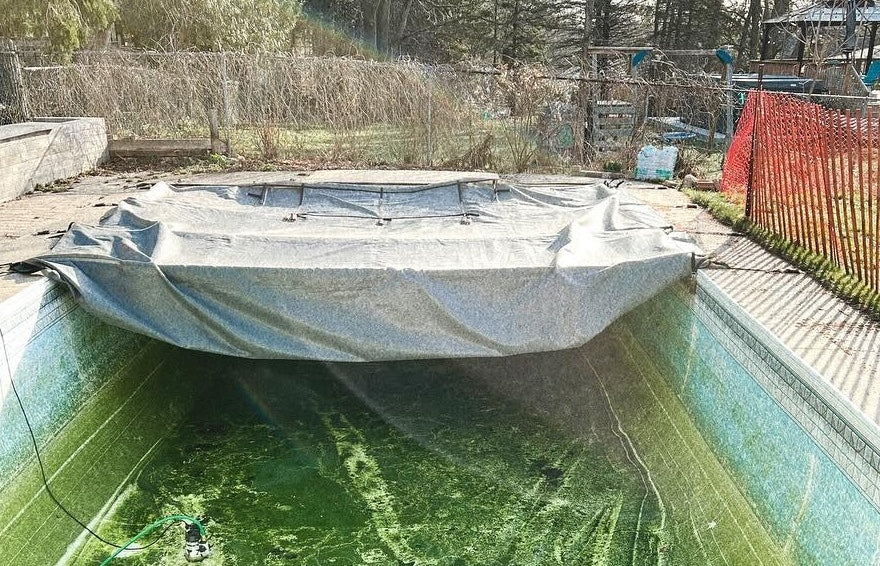
Step-by-Step Pool Opening Checklist
1. Remove the Cover
- Carefully remove the winter cover, ensuring that debris and standing water don’t spill into the pool.
- Clean the cover thoroughly before storing it to prevent mold and mildew growth.
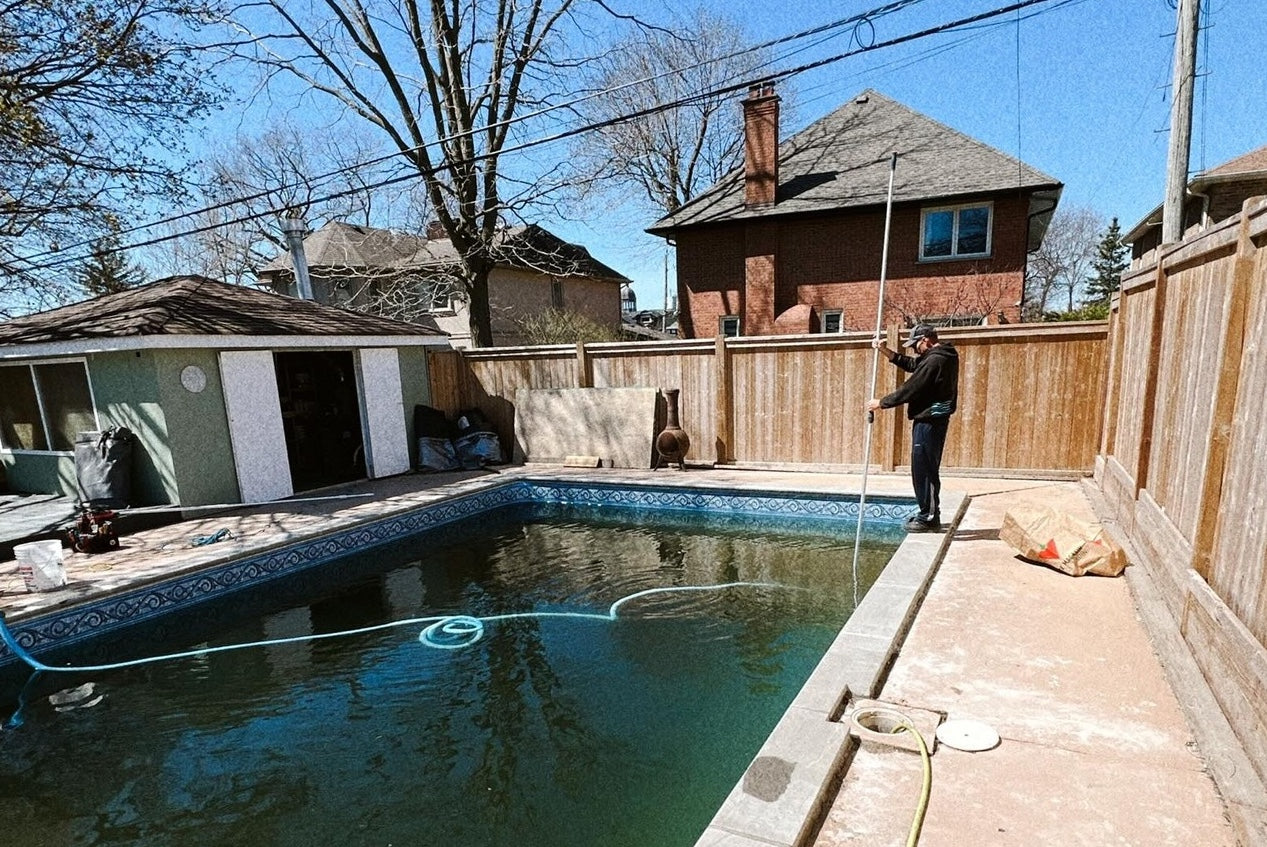
2. Reinstall Pool Equipment
- Reattach ladders, handrails, diving boards, skimmer baskets, and any other pool accessories.
- Reinstall the pump, filter, and heater, ensuring all connections are secure and tight.
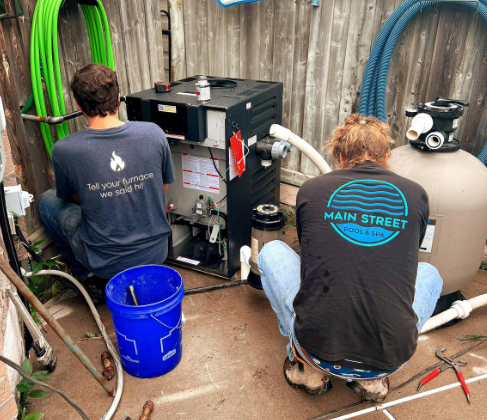
3. Inspect for Leaks and Damage
- Before filling the pool, inspect the liner, tiles, and walls for cracks or leaks.
- Check hoses, pipes, and seals for any signs of wear or leaks.
- Turn on the pump and inspect for proper water flow and pressure.
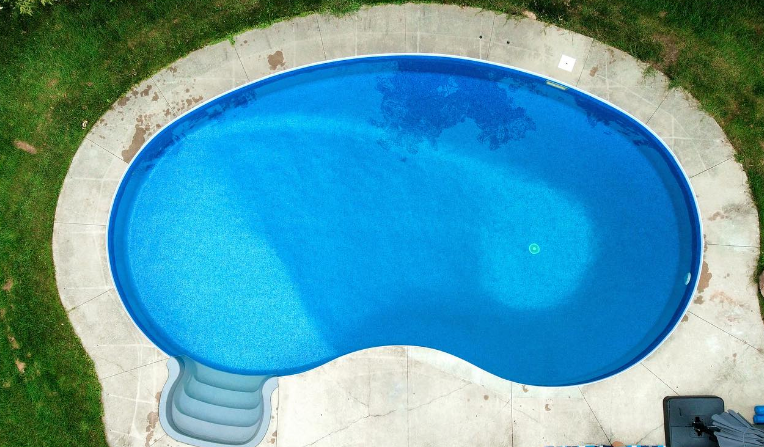
4. Clean and Fill the Pool
- Skim any debris from the water’s surface.
- Use a pool vacuum to remove dirt from the bottom of the pool.
- If necessary, add water to bring the pool to the proper level before running the filtration system.
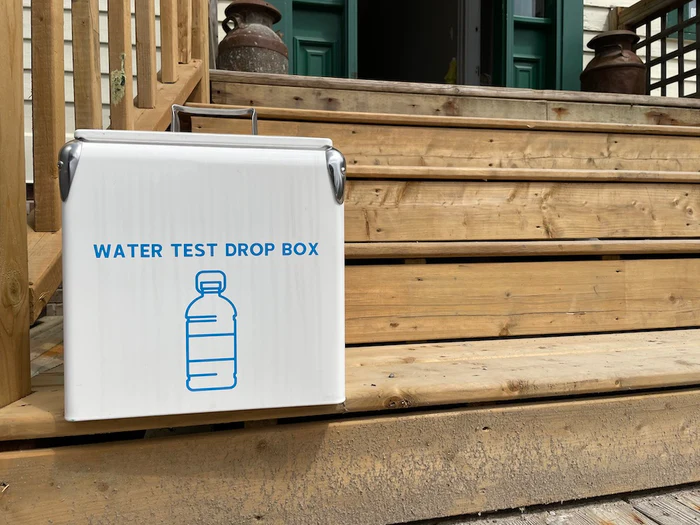
5. Balance the Water Chemistry
Use a test kit to check pH, alkalinity, and chlorine levels.
Adjust as needed:
- pH should be between 7.2 and 7.6.
- Alkalinity should be between 80 and 120 ppm.
- Chlorine should be between 1.0 and 3.0 ppm.
Shock the pool with a chlorine-based or non-chlorine shock treatment to kill bacteria and contaminants.

6. Run the Filtration System
- Allow the filter to run continuously for at least 24 hours to help circulate chemicals and clear any cloudiness.
- Backwash the filter if needed to ensure optimal performance.
Professional Water Testing for Accuracy
Once the initial chemical balancing is complete, bring a water sample to a professional for testing. This ensures that all chemical levels, including calcium hardness and stabilizer, are properly adjusted for a safe swimming environment.
Safety Tips and Precautions
Pool safety is just as important as water clarity. Before diving in, take a few extra precautions:
- Check and Test Safety Equipment: Ensure that fences, gates, alarms, and pool covers are in good condition and functional.
- Inspect Drain Covers: Make sure drain covers are securely in place to prevent entrapment hazards.
- Educate Family Members on Pool Safety: Review pool rules, including no diving in shallow areas, no running near the pool, and adult supervision at all times.
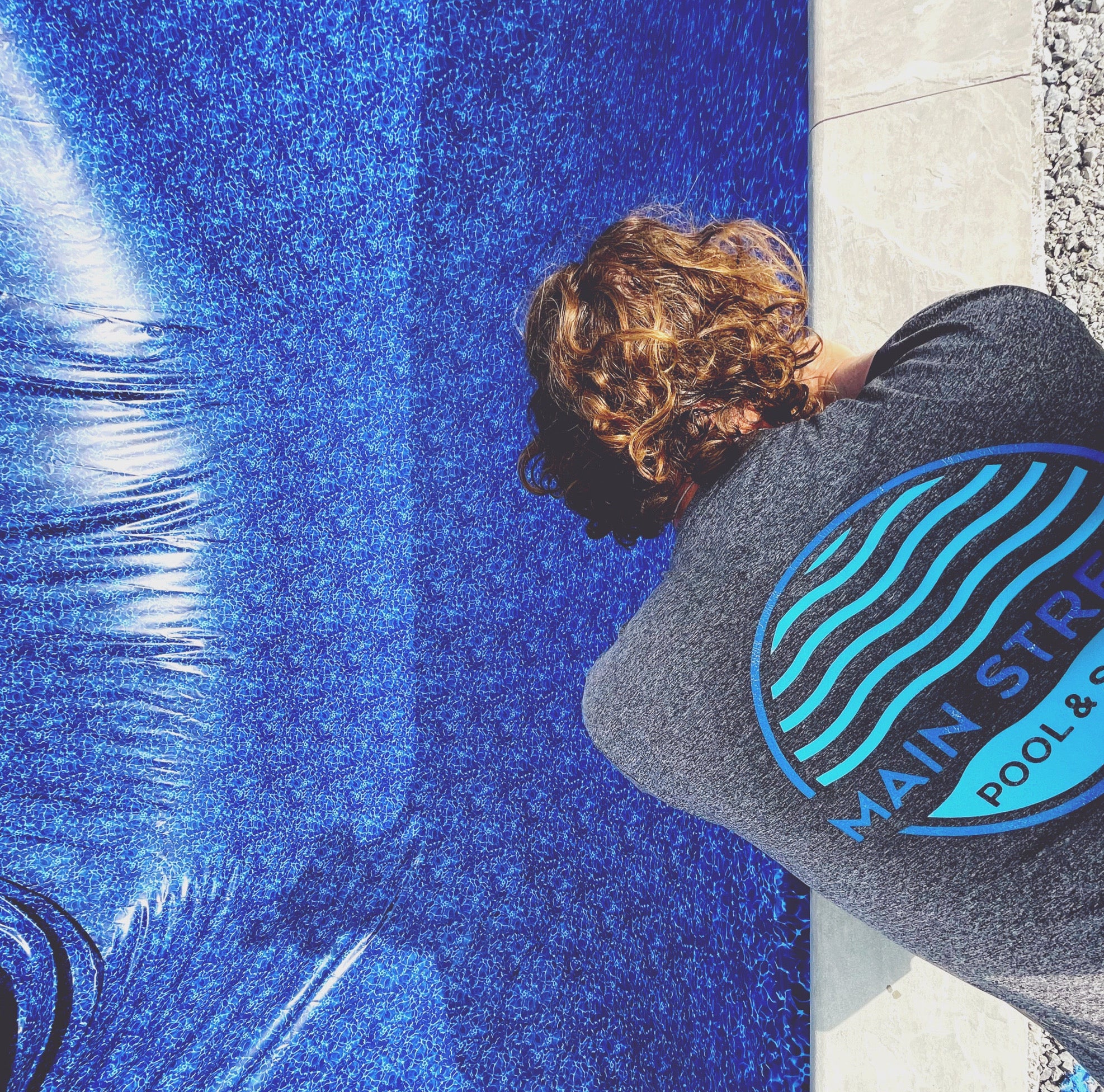
Get Ready to Dive In!
Opening your pool doesn’t have to be stressful! At Main Street Pool & Spa, we offer professional water testing and stock all the necessary pool opening chemicals and supplies. Visit us today or contact our team for expert advice on getting your pool summer-ready.
By following this guide and preparing your pool properly, you’ll enjoy crystal-clear water all season long. Happy swimming!
Contact Main Street Pools:
Phone: 905-862-4040
Email: info@mainstreetpools.com


